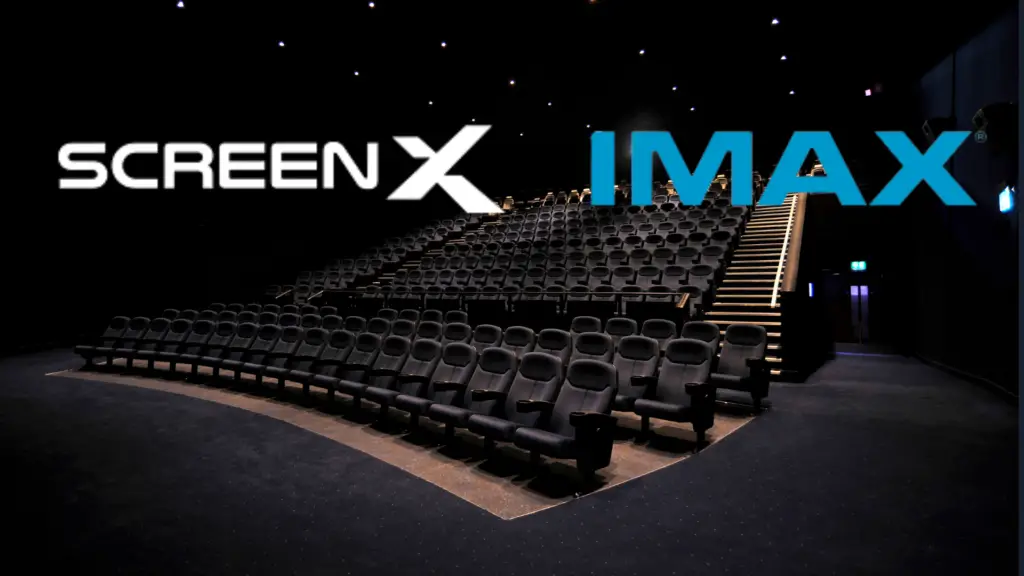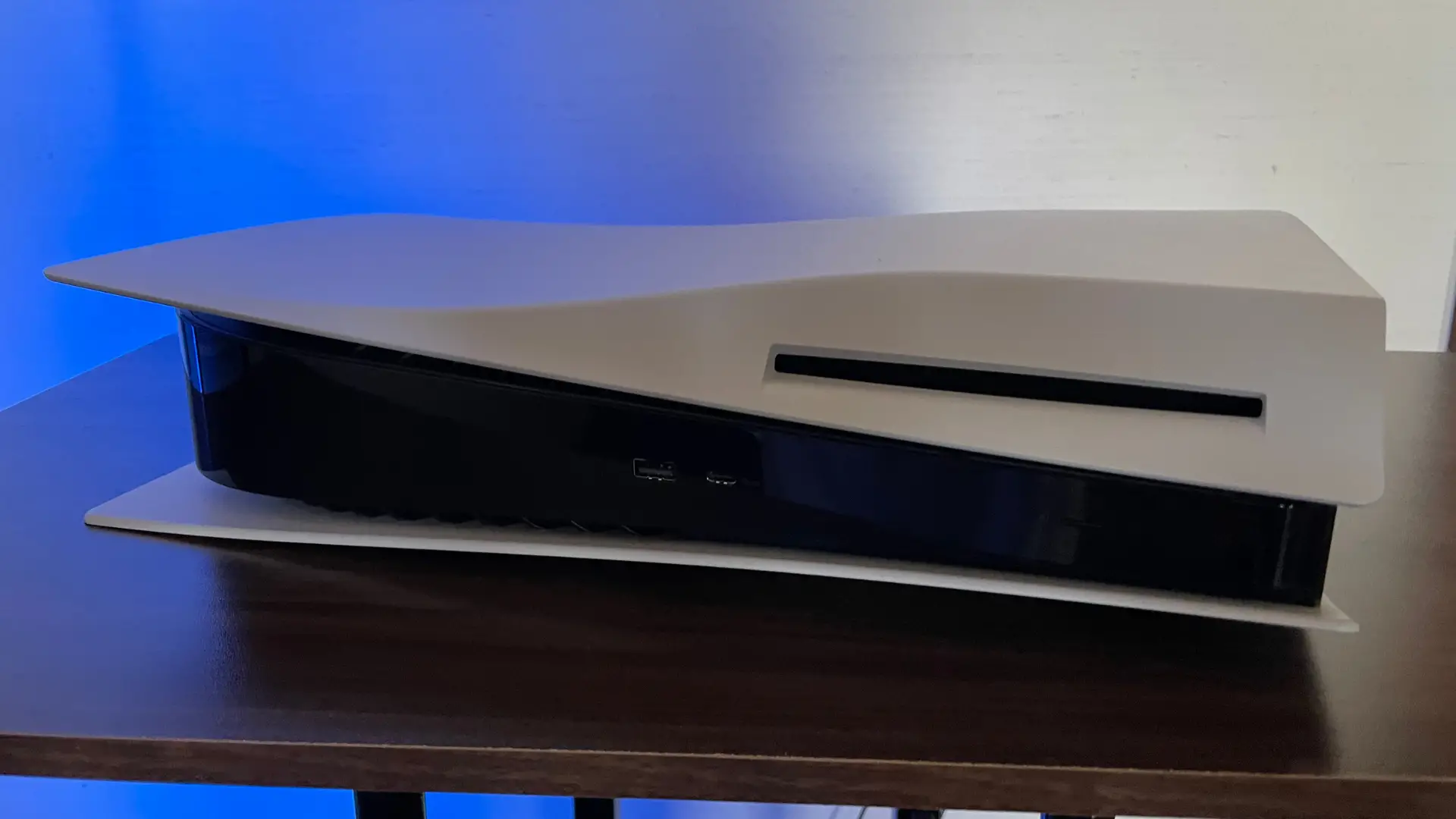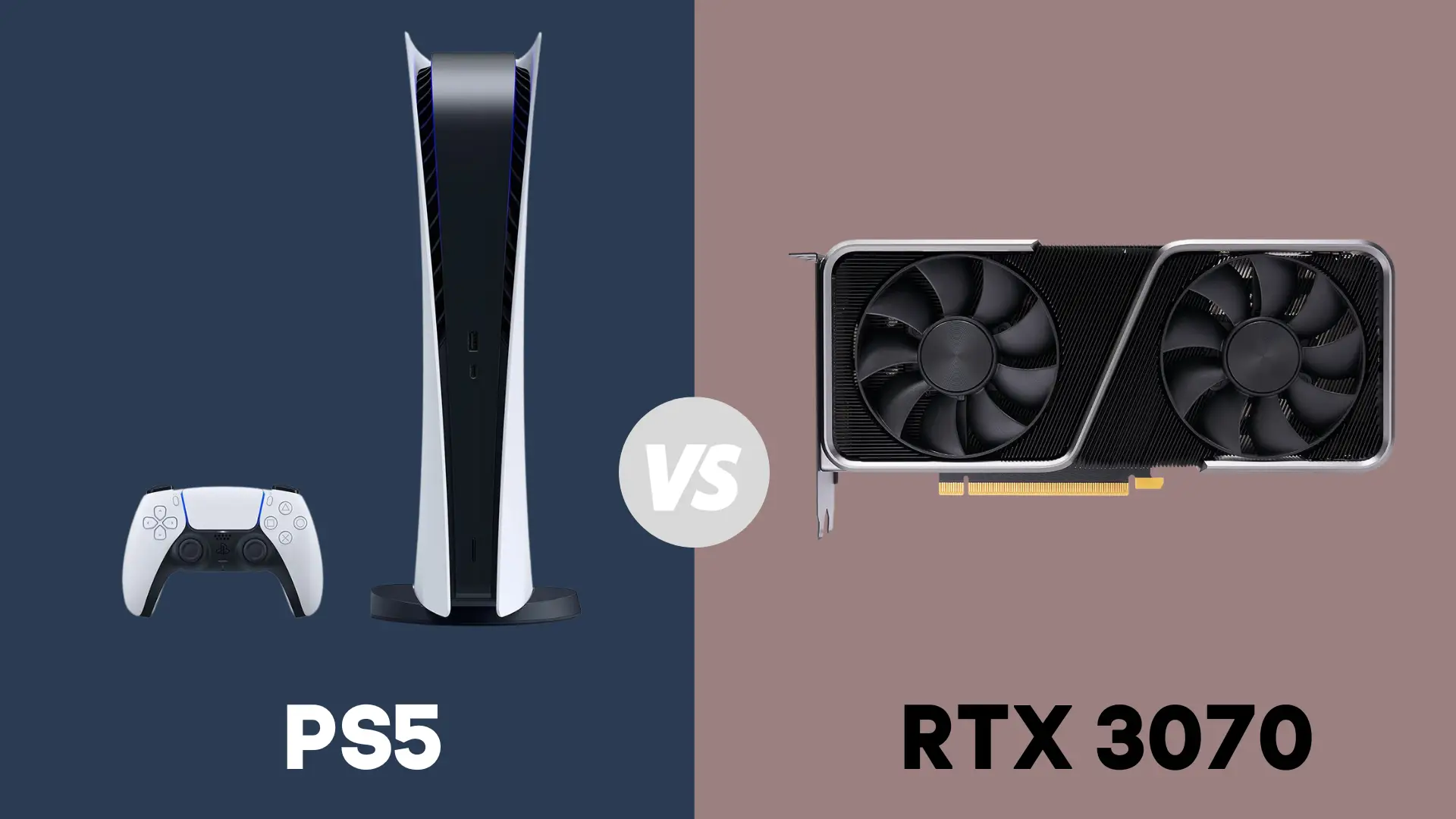ScreenX vs. IMAX: The Ultimate Guide

As all the major theaters compete for the top spot in moviegoers’ hearts, new viewing experiences roll out all the time. First, it was high-resolution films and then 3D tech. Now, it’s panoramic movies bringing all the hype.
IMAX has long held the crown as the premier large-format motion picture tech, allowing theaters to go well beyond the standard format. But that’s set to change as ScreenX takes the world by storm.
So, before you go to the movies nowadays, you have to decide between ScreenX vs. IMAX for each flick. Ready to learn all you need to know to make that tough decision? Just take a peek at this informative guide.
What is ScreenX?
ScreenX theaters offer a panoramic 270-degree view of the film on a tri-screen format. The central screen plays the movie like you would see it in a standard theater. The two side screens let you enjoy a peripheral view to bring all the off-screen action to life. Off-screen effects add to the brilliance of the film, giving more context to each scene while making you feel like you’re always in the center of the action.
Since ScreenX opens up the camera view significantly, not all films qualify for this viewing experience. The filmmakers must format the movie for the triple-screen showings during their pre- or post-production processes. Live-action films work best in this format, although there have been a few animated flicks converted for the tri-screen as well.
History
ScreenX arrived on the scene in 2012 as the brainchild of the creators of 4DX motion-theater technology, CJ 4DPLEX. Theaters took several years to get on board, resulting in a relatively slow start for this motion picture format. Movie theaters in South Korea and Asia initially took the chance in adopting this new format and helped jumpstart its adoption worldwide.
By 2018, box offices worldwide hailed ScreenX technology as a widespread success. The accolades largely came about due to the spectacular panoramic adaptation of Black Panther. Movie producers took note and started putting effort into releasing their films for the tri-screen format.
Popular movies to enjoy panoramic releases include:
- Spider-Man: Far From Home
- Mulan
- Birds of Prey
- Venom: Let There Be Carnage
- Raya and the Last Dragon
- Thor: Love and Thunder
- Doctor Strange in the Multiverse of Madness
With its iconic dogfighting scenes, Top Gun: Maverick got people talking about ScreenX even more. By the time of that film’s release, this movie format had already landed in 37 countries, resulting in 364 screens for moviegoers to enjoy worldwide. There’s a lot more room to grow, too, opening the doors for even more filmmakers to incorporate three camera views into their movie magic.
Key Specs
Screen X aims to change how people all over the world enjoy the latest blockbuster flicks. Now ten years in the making, this new format is all about:
- Three panoramic screens
- Multi-projector technology
- Immersive 270-degree views
The sheer innovation of their screen design has earned ScreenX many major global partners, including two leaders in the US: AMC and Regal. Overall, their efforts have earned them 364 screens across 37 countries and many more will likely come in the future.
What is IMAX?
IMAX is self-proclaimed as “The World’s Most Immersive Movie Experience.” Their proprietary technology allows them to show films on 79-foot-tall screens in ultra-high resolution. Dual projectors ensure every last image comes through in the absolute best clarity. On top of that, steep stadium seating gives moviegoers the ultimate view of all the action while high-definition surround sound brings the film to life.
History
IMAX uses large-format motion picture technology to clearly project films on 59-by-79-foot screens. To support that screen size, their dual projectors run the 70mm film horizontally. This approach allows them to vividly display the movie 8.3 times larger than is possible with 35mm film.
Well before the creation of IMAX in the early 70s, many companies tried to widen the images produced by 35mm film. Their efforts fell short of expectations, however, despite using multiple projectors and other smart techniques. The first IMAX movie, Tiger Child, showed them all how it was done at the Expo ’70 event in Japan.
Soon after that, the Cinesphere Theatre in Toronto put in the first permanent installation, and the rest is history. Further improvements to their approach continued through the years, leading up to the creation of their Laser 4K projector systems. By 2022, IMAX movies landed in over 1,500 theaters across more than 80 countries.
Key Specs
IMAX strives to remain the gold standard when it comes to creating the ultimate moviegoing experience. Their approach centers around using:
- 59-by-79-foot screens
- Dual projectors
- 1.90:1 aspect ratio
- 2K and 4K resolution
Although filmmakers can shoot their entire movies with IMAX screenings in mind, most just use a standard approach to support multiple formats. When their proprietary camera equipment is not used in filming, IMAX just completes their Digital Media Remastering process to prepare the film for their projectors.
IMAX and ScreenX Differences
IMAX and ScreenX have a shared goal of reimaging the movie-watching experience. But they’re intent on making the changes quite differently. IMAX focuses on high-resolution, larger-than-life screens above all else. ScreenX aims to recreate the theater layout to let moviegoers in on the action surrounding the main camera lens.
In the end, their differences truly come down to two things: picture format and theater seating. The results of their efforts put them on either end of the spectrum, allowing you to control how you’d like the theater experience to go.
Picture Format
The picture format sets IMAX and ScreenX far apart when it comes to their approach to putting Hollywood’s hits on the silver screen. Their differing approaches make it worthwhile to see each film twice – once with ScreenX and again with IMAX.
With ScreenX, you get fully surrounded by three huge screens designed to enhance the original film. The two extra screens add even more action and excitement to the mix, too, ensuring you always get your full money’s worth from every trip to the movie theater.
IMAX, on the other hand, goes all out in projecting ultra-high resolution imagery on an enormous central screen at the front of the theater. Their proprietary technology ensures you always get to enjoy vivid visuals that keep you wholly engrossed in the film.
Theater Seating
To best support their larger-than-life screens, IMAX had to rethink theater seating. Otherwise, all the moviegoers wouldn’t get an equally great view of the action happening at the front of the theater.
Through their efforts, they came up with steep stadium seating, which gives each person a clear view of the entire screen ahead. As an added benefit, the steep seating keeps the front-row guests from blocking the view of the people behind. So, there’s truly no bad seat in the house while watching IMAX films.
ScreenX theaters, on the other hand, had to go in the other direction. An ultra-steep grade simply wouldn’t work for the side screens, after all, so they used a gradual incline instead. Unfortunately, this means that certain seats offer a better 270-degree viewing experience than others.
For that reason, many ScreenX theaters divide their seats into three sections and price them accordingly. The Executive seats offer the clearest view of all three screens. The premier and silver seats gradually decline in viewing quality but come at a lower price.
What to Consider When Choosing Between IMAX and ScreenX
IMAX and ScreenX offer two entirely different ways to see the films on your watch list. So, they’re both worth considering as you plan your movie night. Here’s a look at just a few things to keep in mind as you try to decide between these two popular theater formats.
Availability
Since ScreenX got such a slow start, they’re not as widely available as IMAX. In the United States, only AMC and Regal cinemas have fitted the 270-degree screens in their theaters. You’re only likely to find these screens in major metropolitan areas at best.
In addition, only select movies support ScreenX setups, limiting which flicks you can see on the panoramic screens. So, even if you have one of their partner theaters in your area, you’re only going to be able to choose between a couple of movies at each visit.
Since they’ve been around since the 70s, IMAX appears at all the major theaters in the US. There are over 1,500 screens nationwide, making it easy to find multiple options within 50 miles of your location.
IMAX remasters nearly every film released these days, so you’re not limited on which flicks you can watch either. You’re likely to find the full range of films playing on the high-resolution screens, allowing you to build out the perfect moviegoing experience again and again.
Ticket Cost
Depending on your location, you can expect ScreenX tickets to cost up to two times more than IMAX tickets on average. Theaters have to recoup the cost of creating the purpose-built theater rooms and investing in the technology, after all.
Oftentimes, ScreenX tickets follow a tiered pricing plan. So, you can get more value by choosing a lower-quality seat position. With that move, you just have to keep in mind that the peripheral views may not align with your vision as well as you might like.
If you truly enjoy the panoramic viewing experience, ScreenX is well worth the extra cost. If you just want to enjoy the movie as it was filmed, then IMAX might feel like a better value.
Like all the newest movie theater innovations, you have to experience each one for yourself to see what resonates. Perception is tricky, after all, and your preferences might not align with the next person’s. By checking out all your options one at a time, you can decide which theaters to go to whenever you want to see a movie on the big screen.
FAQs
Is ScreenX any good?
ScreenX might be viewed as a novelty at this time, but it’s actually a lot of fun. The panoramic 270-degree view allows you to view movies in a whole new way. As the side screens complement the main flick, the peripheral views add context while putting you in the center of the action.
What does ScreenX look like?
ScreenX has a huge main screen at the front of the theater like regular movies do. Then, along the sides, you get two long screens offering a peripheral view. The side screens add to the imagery, helping bolster all the action and enrichen the events happening up front and center.
Do you need 3D glasses for ScreenX?
You do not need 3D glasses for ScreenX. The movies do not appear in 3D either. Instead, this setup uses three projectors to show the movie on a single central screen and two side screens. The central screen plays the main film while the side screens let you see what’s happening on the peripheral.
Is there anything better than IMAX?
Although IMAX gets recognized as the gold standard, personal preferences determine which movie viewing experience is the best. Dolby Cinema, ScreenX, and Cinemark XD movies are the top contenders, but they each offer wildly different theater experiences. You just have to head out the door and try each one to see which format leaves you feeling more than impressed.
What is the difference between IMAX 2D and ScreenX 2D?
IMAX 2D and ScreenX 2D are quite different. With IMAX, you get to watch ultra-high resolution movies projected on a 79-foot-tall screen. ScreenX 2D surrounds you in three screens for a 270-degree panoramic view of the film. In addition, IMAX offers state-of-the-art audio while ScreenX uses each theater’s basic setup.
- How to Pair Meta Quest 3 Controllers with Your Quest 3 Headset: A Quick Guide
- How to Charge Meta Quest 3: A Guide to Powering Up Your VR Experience
- How to Cast Meta Quest 3 to Samsung TV: A Step-by-Step Guide
- How To Factory Reset Your Meta Quest 3: A Step-by-Step Guide
- How to Power On and Off the Meta Quest 3





